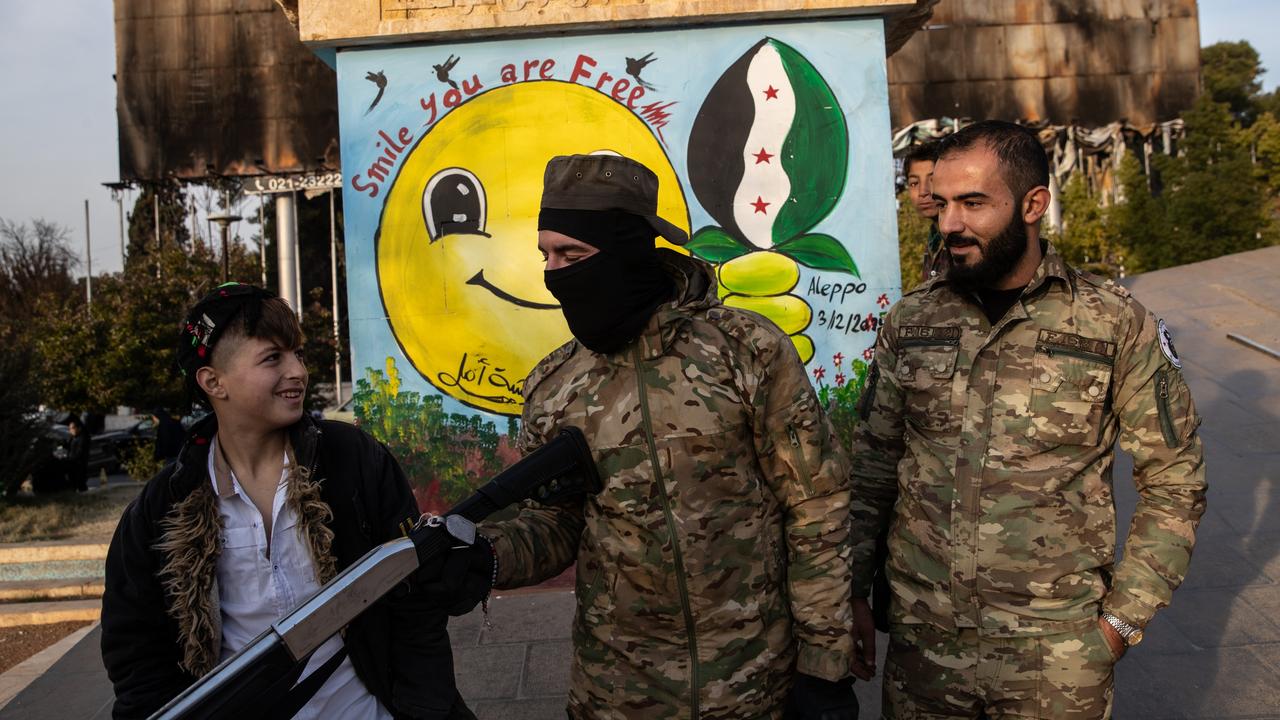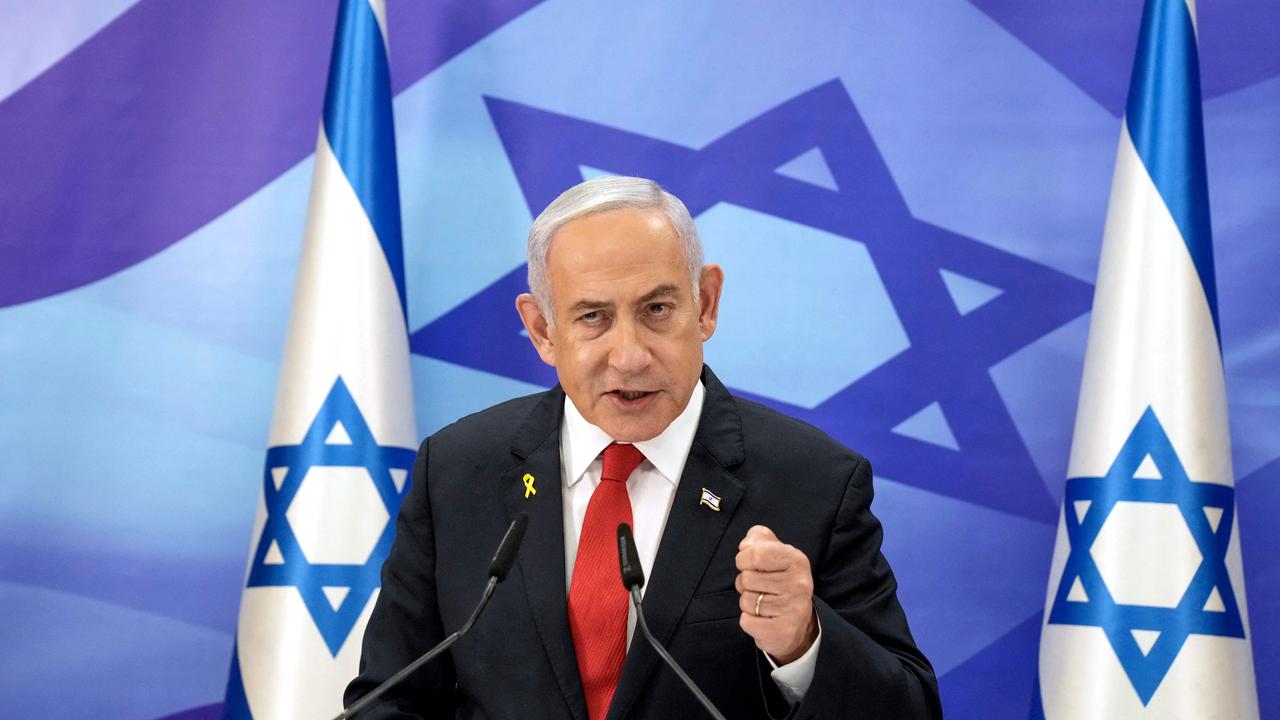‘Heaviest strikes’ hit Syria as Israel to increase Golan Heights population
A mammoth explosion in Syria’s Tartus region was picked up by earthquake monitors 820km away, as Israel makes a big claim.
Footage has emerged of a mammoth explosion in Syria, with a human rights group reporting Israel had launched “the heaviest strikes” seen in the country for a decade.
The Israeli government has confirmed it has been targeting military infrastructure and ammunitions depots across its border after the dramatic fall of Syrian dictator Bashar al-Assad’s regime to Islamist rebels last week.
On Monday, a Syrian war monitor said Israeli strikes had targeted military sites in the coastal Tartus region as experts report the impact was so large it registered on Turkish earthquake sensors.
“Israeli warplanes launched strikes” targeting a series of sites including air defence units and “surface-to-surface missile depots”, said the Syrian Observatory for Human Rights (SOHR), in what it said were “the heaviest strikes in Syria’s coastal region since the start of strikes in 2012”.
US-based researcher Richard Cordaro posted to X saying the explosion was picked up as a 3.0 magnitude quake by a magnetometer station at Iznik, Turkiye located 820km from the last site.
“Signal took 12 minutes to travel in the lower ionosphere. That’s about twice as fast as earthquake signals travel,” he wrote.
The SOHR reported on its website claimed several bombings took place across the Tartus region and other sites.
“Israeli fighter jets targeted the missile launchers in the 107th Barracks in Hama area and weapon depots in Tartus countryside. However, no casualties were reported,” it reports.
“Earlier today, an Israeli fighter jet carried out an airstrike on radars in Deir Ezzor Military Airport.
“Moreover, an anonymous explosion took place at the only bridge on Euphrates River that connects between the city and Hatla Village, which is one of the seven villages in (Syrian Democratic Forces)-held areas.”

Israel has not yet confirmed if it was behind the Tartus bombing. Its government said last week it had hit 480 sites in two days targeting strategic weapon stockpiles.
Meanwhile, the Israeli government approved on Sunday, local time, a plan to increase the population of the annexed Golan Heights, while insisting it had no intention of confronting Syria after seizing a UN-monitored buffer zone.
As Islamist-led rebel forces swept al-Assad out of power, Israeli Prime Minister Benjamin Netanyahu had ordered troops to seize the demilitarised zone between the two countries’ forces on the Golan Heights.
His office said the government had also approved a plan to double the population on the Israeli-held Golan Heights.

The government “unanimously approved” the 40 million shekel (AU$17.4 million) “plan for the demographic development of the Golan … in light of the war and the new front in Syria and the desire to double the population”, Mr Netanyahu’s office said.
Israel has occupied most of the Golan Heights, a strategic plateau, since 1967 and annexed that area in 1981, a move recognised only by the United States.
Netanyahu said that “the strengthening of the Golan is that of the State of Israel, and it is particularly important at this time. We will continue to establish ourselves there, develop it and settle there”.

The occupied Golan is home to around 30,000 Israelis and about 23,000 Druze Arabs, whose presence predates the occupation and most of whom retain Syrian citizenship.
Saudi Arabia and Qatar swiftly denounced the Israeli move.
Riyadh’s foreign ministry expressed “condemnation and denunciation” of the plan in a statement, calling it part of the “continued sabotage of opportunities to restore security and stability in Syria”.
Doha said the Israeli declaration was a “new episode in a series of Israeli aggressions on Syrian territories and a blatant violation of international law”.





